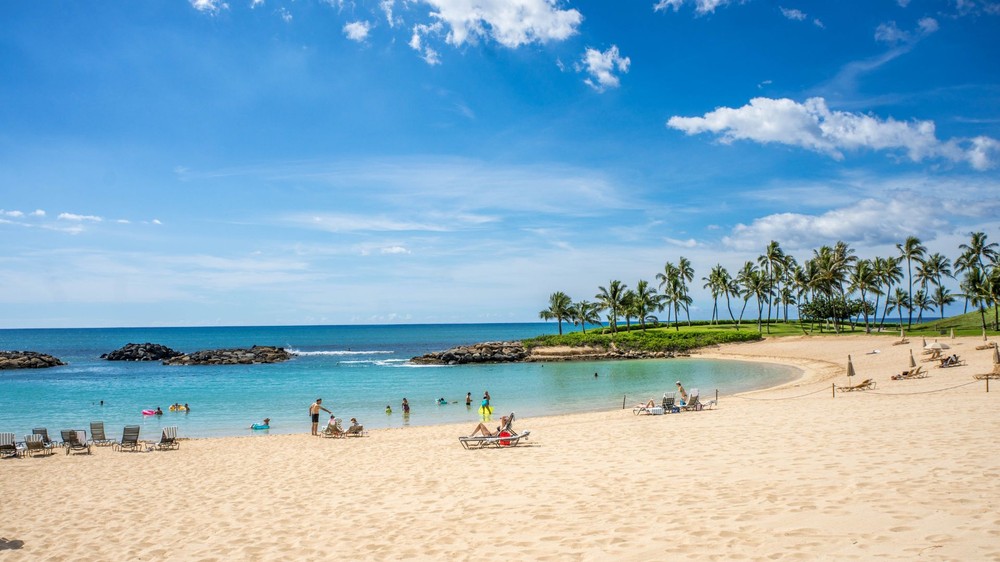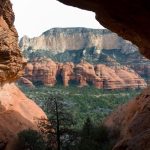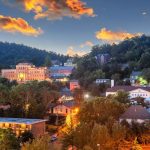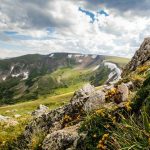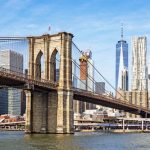Hawaii offers an extraordinary blend of volcanic landscapes, pristine beaches, and rich cultural heritage. The best places to visit in Hawaii include iconic Waikiki Beach, dramatic Diamond Head, the scenic Road to Hana, and the otherworldly Hawaiʻi Volcanoes National Park. From Mauna Kea's stargazing opportunities to Na Pali Coast's rugged cliffs, each island presents unique treasures.
Keep reading as we uncover the best places and hidden gems in Hawaii that will make your trip unforgettable.
List of Contents
- 1. Waikiki Beach: The Heart of Hawaiian Tourism
- 2. Diamond Head State Monument: Honolulu's Iconic Crater
- 3. Kualoa Ranch: Jurassic Park's Real Home
- 4. Road to Hana: Maui's Most Famous Drive
- 5. ʻIolani Palace: America's Only Royal Palace
- 6. Waiʻānapanapa State Park: Black Sand Mysteries
- 7. Haleakalā National Park: House of the Sun
- 8. ʻĪao Valley State Monument: The Needle's Secret
- 9. Hawaiʻi Volcanoes National Park: Creation in Real Time
- 10. Akaka Falls State Park: The Big Island's Tallest Drop
- 11. Mauna Kea Summit: Touching the Stars
- 12. Na Pali Coast State Wilderness Park: Kauai's Cathedral Cliffs
- 13. Waimea Canyon State Park: Hawaii's Grand Canyon
- 14. Kalaupapa National Historical Park: Sacred Ground of Courage
- 15. Hulopoe Bay Lanai: The Pineapple Island's Crown Jewel
1. Waikiki Beach: The Heart of Hawaiian Tourism
Waikiki Beach stretches two miles along Oahu's south shore, backed by high-rise hotels and the distinctive silhouette of Diamond Head. This isn't just any beach—it's where surfing was first introduced to the world by Hawaiian royalty.
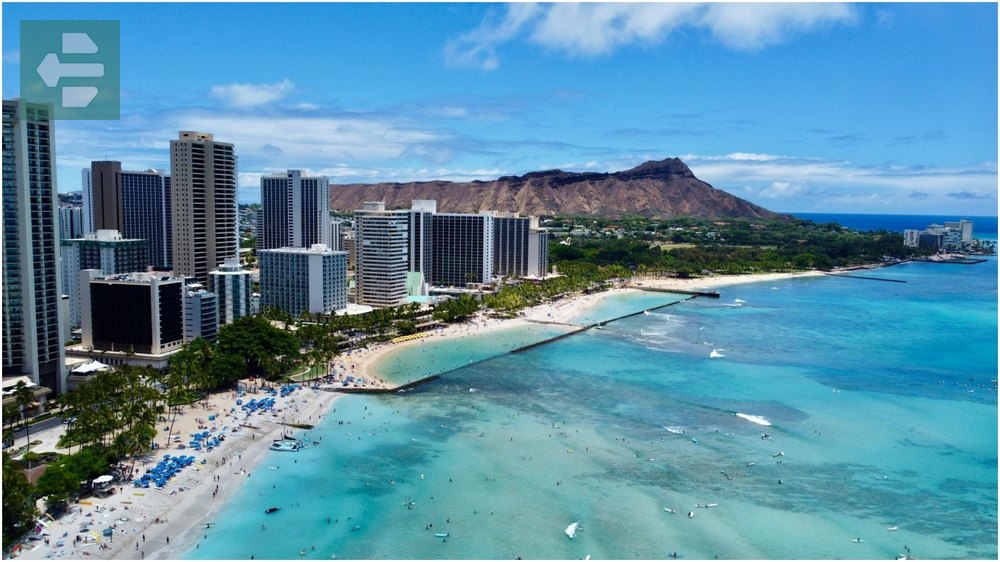
The water stays warm year-round, making it perfect for first-time surfers. Local beach boys offer lessons right on the sand, continuing a tradition that dates back over a century.
Early morning walks reveal a different Waikiki. Before the crowds arrive, you can watch outrigger canoe crews practice their ancient art while the sun rises behind Diamond Head.
Quick Facts:
- Peak season: December-April, June-August
- Getting there: 20 minutes from Honolulu Airport
- Entry fee: Free
- Suggested stay: 2-3 days
- Sub-locations: Kuhio Beach, Royal Hawaiian Beach, Fort DeRussy Beach
2. Diamond Head State Monument: Honolulu's Iconic Crater
Diamond Head rises 760 feet above Waikiki, formed by a volcanic eruption 300,000 years ago. The crater's name comes from 19th-century British sailors who mistook calcite crystals for diamonds.
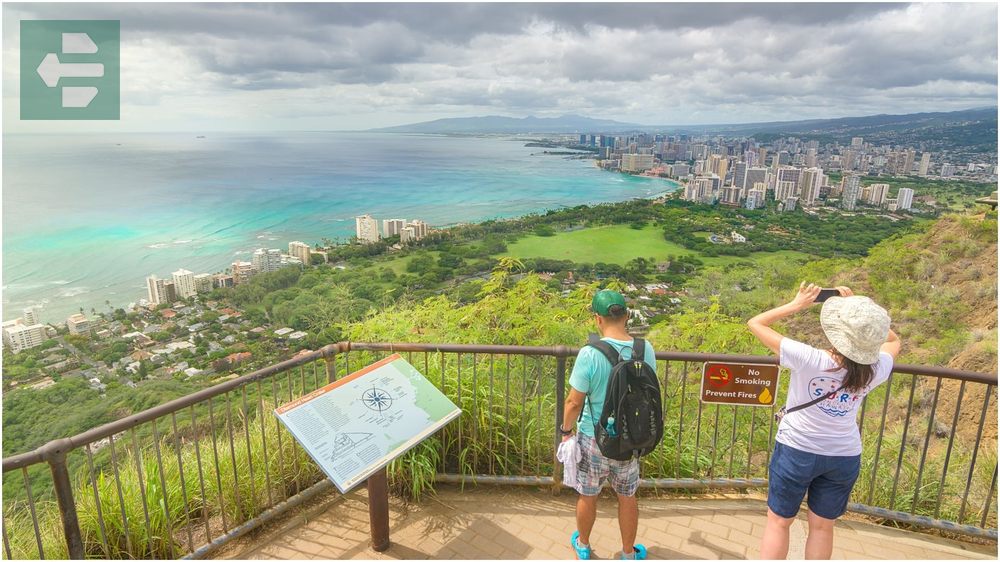
The hike to the summit takes 45 minutes through tunnels and up steep staircases built by the military in 1908. The trail is challenging but manageable for most fitness levels.
At sunrise, Diamond Head becomes a photographer's dream. The golden light transforms Honolulu's skyline while the Pacific stretches endlessly toward the horizon.
Quick Facts:
- Peak season: Year-round
- Getting there: 10 minutes from Waikiki by car
- Entry fee: From $5 per person
- Suggested stay: Half day
- Sub-locations: Summit trail, Military bunkers, Crater floor
3. Kualoa Ranch: Jurassic Park's Real Home
Kualoa Ranch spans 4,000 acres on Oahu's windward coast, serving as a working cattle ranch and Hollywood's favorite Hawaiian backdrop. You've seen these mountains in Jurassic Park, Lost, and dozens of other films.

The ranch offers horseback riding through valleys where ancient Hawaiians once lived. ATV tours take you to filming locations while movie buffs spot familiar scenes around every corner.
I remember standing in the exact spot where the Indominus Rex first appeared on screen, feeling like I'd stepped into the movie itself. The ranch preserves both cinematic history and Hawaiian heritage with equal care.
Quick Facts:
- Peak season: December-March
- Getting there: 45 minutes from Waikiki
- Entry fee: From $40 per tour
- Suggested stay: Full day
- Sub-locations: Ka'a'awa Valley, Hakipu'u Valley, Secret Island Beach
4. Road to Hana: Maui's Most Famous Drive
The Road to Hana winds 64 miles along Maui's northeastern coast through 620 curves and 59 bridges. This isn't about the destination—it's about embracing the journey through Hawaii's most pristine landscapes.
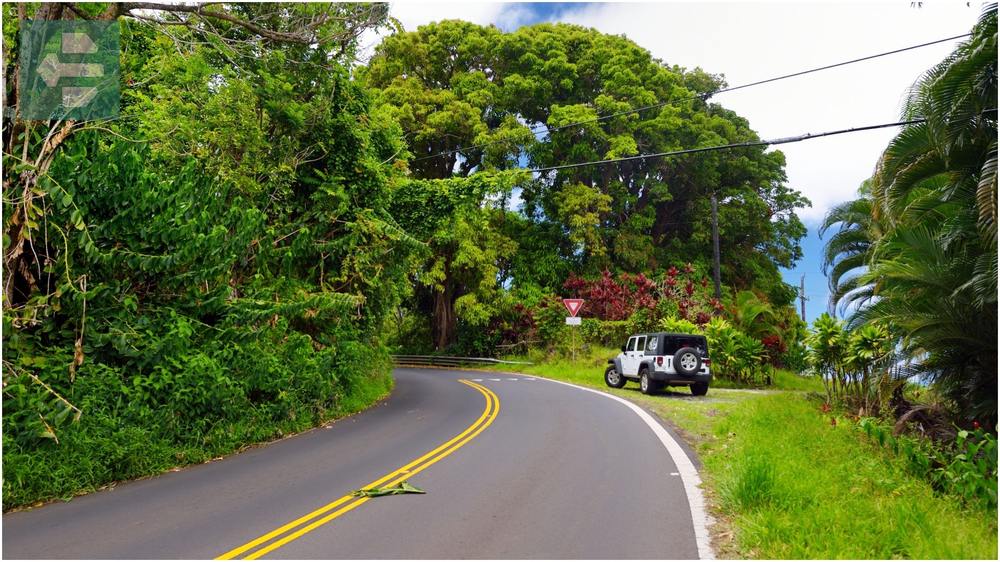
Waterfalls cascade beside the road while black sand beaches appear between jungle canopies. The drive takes a full day if you stop at every viewpoint, which you should.
Pack snacks and leave early. Cell service disappears after mile 20, forcing you to disconnect and experience Maui as it was meant to be experienced—slowly and completely present.
Quick Facts:
- Peak season: April-October (dry season)
- Getting there: Starts in Paia, Maui
- Entry fee: Free (gas and parking fees apply)
- Suggested stay: Full day trip
- Sub-locations: Twin Falls, Waianapanapa State Park, Hana Town, Oheo Gulch
5. ʻIolani Palace: America's Only Royal Palace
ʻIolani Palace stands as the only official royal residence on American soil, built in 1882 by King Kalākaua. The palace featured electricity and telephones before the White House, showcasing Hawaii's progressive monarchy.

Guided tours reveal the tragic story of Queen Liliʻuokalani, who was imprisoned here after the overthrow of the Hawaiian Kingdom in 1893. Her quilts and personal belongings remain exactly as she left them.
The throne room's crystal chandeliers and koa wood furnishings represent Hawaii's lost sovereignty. Every artifact tells the story of a kingdom that once ruled these islands with dignity and innovation.
Quick Facts:
- Peak season: Year-round
- Getting there: Downtown Honolulu
- Entry fee: From $22 per person
- Suggested stay: 2-3 hours
- Sub-locations: Throne Room, State Dining Room, Imprisonment Room, Palace Grounds
6. Waiʻānapanapa State Park: Black Sand Mysteries
Waiʻānapanapa State Park features Hawaii's most dramatic black sand beach, created by volcanic activity that ground lava into fine, dark particles. The beach stretches along Maui's eastern coast like a crescent moon against turquoise water.

Sea caves carved by centuries of waves hide beneath lava cliffs. Hawaiian legend claims the caves were once the hiding place of a princess fleeing her jealous husband.
The contrast hits you immediately—jet black sand against impossibly blue water. Bring reef-safe sunscreen; the dark sand absorbs heat and can burn feet quickly.
Quick Facts:
- Peak season: April-October
- Getting there: Mile 32 on Road to Hana
- Entry fee: Free
- Suggested stay: 2-3 hours
- Sub-locations: Pa'iloa Beach, Sea caves, Coastal trail, Freshwater pools
7. Haleakalā National Park: House of the Sun
Haleakalā's summit rises 10,023 feet above sea level, creating a landscape that looks more like Mars than Hawaii. The dormant volcano's crater spans 21 miles in circumference and drops 3,000 feet deep.
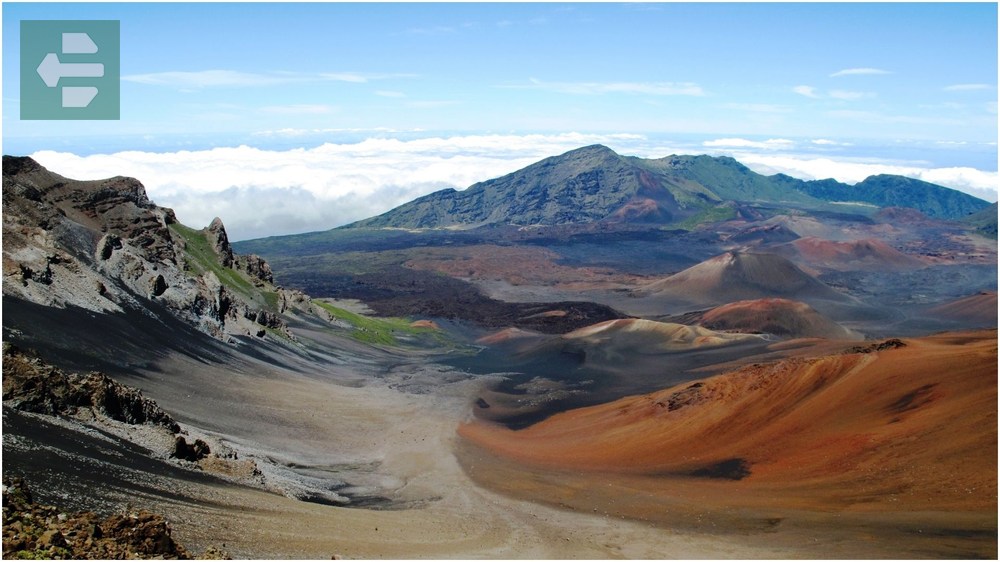
Sunrise from the summit draws visitors from around the world, but requires advance reservations and a 3 AM wake-up call. The alternative? Sunset offers equally stunning views with far fewer crowds.
The silversword plants growing here exist nowhere else on Earth. These alien-looking succulents can live 90 years before blooming once and dying—a perfect metaphor for Hawaii's unique evolution.
Quick Facts:
- Peak season: Year-round (cold at summit)
- Getting there: 2 hours from Kahului Airport
- Entry fee: From $30 per vehicle
- Suggested stay: Full day
- Sub-locations: Summit crater, Sliding Sands Trail, Hosmer Grove, Pools of Oheo
8. ʻĪao Valley State Monument: The Needle's Secret
ʻĪao Valley cuts deep into Maui's West Maui Mountains, dominated by the ʻĪao Needle—a 1,200-foot green-covered rock pinnacle. Ancient Hawaiians considered this valley sacred, using it for royal burials and spiritual ceremonies.

The short paved trail leads to viewpoints overlooking the needle and valley floor. Rain falls frequently here, creating the lush vegetation that makes this valley feel like a lost world.
In 1790, King Kamehameha fought the decisive Battle of Kepaniwai here, literally damming the ʻĪao Stream with fallen warriors. Today, the valley has returned to its peaceful, sacred nature.
Quick Facts:
- Peak season: Year-round
- Getting there: 20 minutes from Wailuku
- Entry fee: From $5 per vehicle
- Suggested stay: 2-3 hours
- Sub-locations: ʻĪao Needle Lookout, Ethnobotanical Loop, Stream overlooks
9. Hawaiʻi Volcanoes National Park: Creation in Real Time
Hawaiʻi Volcanoes National Park showcases active volcanism where new land forms before your eyes. Kilauea, one of the world's most active volcanoes, has been erupting almost continuously since 1983, adding over 500 acres of new land to the Big Island.
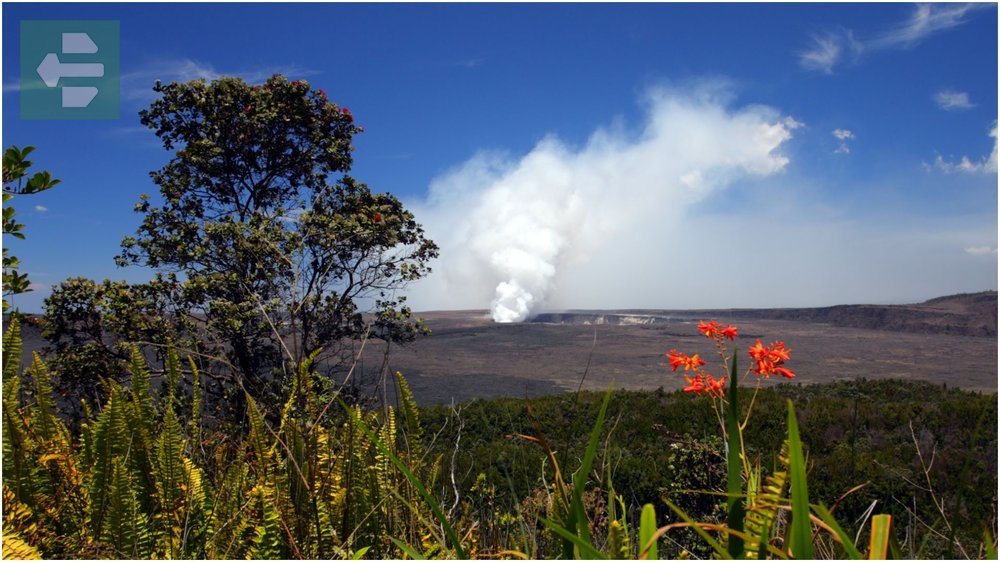
Chain of Craters Road descends 3,700 feet over 19 miles, passing through multiple climate zones and recent lava flows. The road ends where lava once crossed it, creating a surreal moonscape.
At night, Kilauea's glow reflects off volcanic gases, creating an otherworldly orange aurora. Rangers offer after-dark programs that reveal how Hawaiian culture views Pele, the volcano goddess who still shapes these islands.
Quick Facts:
- Peak season: Year-round (activity varies)
- Getting there: 45 minutes from Hilo
- Entry fee: From $30 per vehicle
- Suggested stay: 2-3 days
- Sub-locations: Kilauea Caldera, Chain of Craters Road, Thurston Lava Tube, Jaggar Museum
10. Akaka Falls State Park: The Big Island's Tallest Drop
Akaka Falls plunges 442 feet through a lush tropical gorge on the Big Island's Hamakua Coast. The waterfall formed as Kolekole Stream carved through ancient lava flows, creating one of Hawaii's most photographed natural wonders.

A paved loop trail takes 30 minutes and passes through a jungle of bamboo, wild orchids, and giant ferns. Kahuna Falls, a smaller 100-foot waterfall, provides a warm-up before the main event.
The viewing platform offers an unobstructed view of Akaka Falls' full drop. Morning visits catch the best light as the sun illuminates the falling water and surrounding rainforest.
Quick Facts:
- Peak season: Year-round
- Getting there: 15 minutes from Honomu town
- Entry fee: From $5 per vehicle
- Suggested stay: 1-2 hours
- Sub-locations: Akaka Falls viewpoint, Kahuna Falls, Loop trail through rainforest
11. Mauna Kea Summit: Touching the Stars
Mauna Kea rises 13,796 feet above sea level, making it the world's tallest mountain when measured from its underwater base. The summit hosts 13 telescopes from 11 countries, creating the world's largest astronomical observatory.

The drive to the summit requires a four-wheel-drive vehicle and careful acclimatization at the visitor center. Above 9,000 feet, altitude sickness affects many visitors.
On a clear night at 2 AM last March, I watched the Milky Way stretch across the entire sky while shooting stars fell every few minutes. The silence was profound—no sound except wind across ancient lava rock.
Quick Facts:
- Peak season: Year-round (weather dependent)
- Getting there: 1.5 hours from Kona
- Entry fee: Free
- Suggested stay: Half day/evening
- Sub-locations: Visitor Information Station, Summit observatories, Lake Waiau
12. Na Pali Coast State Wilderness Park: Kauai's Cathedral Cliffs
Na Pali Coast features 17 miles of fluted sea cliffs rising 4,000 feet directly from the Pacific Ocean. These cathedral-like ridges were carved by millions of years of wind and rain, creating Hawaii's most dramatic coastline.

The Kalalau Trail provides the only land access, starting at Ke'e Beach and climbing through hanging valleys to secluded beaches. The first two miles to Hanakapi'ai Beach challenge even experienced hikers.
Helicopter tours reveal hidden waterfalls cascading into the ocean while boat tours navigate sea caves carved into the cliff base. Each perspective unveils new secrets of this untouchable wilderness.
Quick Facts:
- Peak season: May-September (dry season)
- Getting there: End of Highway 560, Kauai
- Entry fee: Free (permits required for camping)
- Suggested stay: Full day hike or helicopter tour
- Sub-locations: Kalalau Trail, Hanakapi'ai Beach, Honopu Valley, Miloli'i Beach
13. Waimea Canyon State Park: Hawaii's Grand Canyon
Waimea Canyon stretches 14 miles long, 1 mile wide, and 3,600 feet deep through Kauai's interior. Mark Twain called it “the Grand Canyon of the Pacific,” though its red rock walls and green tropical vegetation create something uniquely Hawaiian.
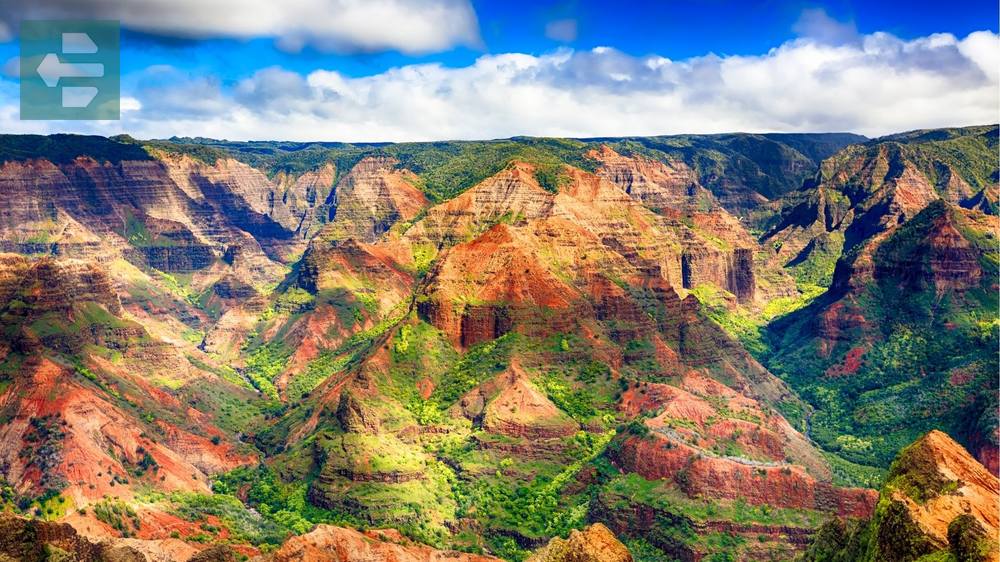
Multiple viewpoints along Waimea Canyon Drive offer different perspectives of the gorge. Each bend reveals new layers of volcanic rock painted in reds, oranges, and purples by iron oxidation.
The Waipo'o Falls Trail descends into the canyon, leading to a 800-foot waterfall and swimming pools. Most visitors stay at the rim viewpoints, making the canyon floor feel like a secret world.
Quick Facts:
- Peak season: Year-round
- Getting there: 45 minutes from Lihue
- Entry fee: Free
- Suggested stay: Half day
- Sub-locations: Waimea Canyon Lookout, Pu'u O Kila Lookout, Waipo'o Falls Trail
14. Kalaupapa National Historical Park: Sacred Ground of Courage
Kalaupapa Peninsula sits isolated on Molokai's north shore, surrounded by the world's highest sea cliffs. From 1866 to 1969, this remote settlement served as a colony for people with Hansen's disease (leprosy), creating a community of extraordinary resilience.

Access requires a mule ride down a 3-mile switchback trail or a small plane flight. The peninsula remains largely unchanged, preserving the stories of the 8,000 people who lived here in forced exile.
Father Damien's church and grave mark the sacrifice of the Belgian priest who served the community until his death from the disease in 1889. Today, a few former patients choose to remain in their peaceful home.
Quick Facts:
- Peak season: April-October
- Getting there: Mule ride or plane from Molokai
- Entry fee: From $60 for mule tour
- Suggested stay: Full day tour
- Sub-locations: Kalawao settlement, St. Philomena Church, Judd Park, Kalaupapa village
15. Hulopoe Bay Lanai: The Pineapple Island's Crown Jewel
Hulopoe Bay on Lanai features a perfect crescent of white sand protected by black lava rock formations. This marine life conservation district hosts Hawaiian spinner dolphins, sea turtles, and colorful tropical fish in water so clear you can see the bottom at 30 feet.

The bay sits below the Four Seasons Resort Lanai, but the beach remains public and relatively uncrowded. Local families still use this beach for weekend gatherings, maintaining its authentic Hawaiian atmosphere.
Snorkeling the left side of the bay reveals underwater caves and coral formations. The right side offers tide pools perfect for children and calmer water for swimming.
Quick Facts:
- Peak season: Year-round
- Getting there: Ferry from Maui or plane to Lanai
- Entry fee: Free
- Suggested stay: Full day
- Sub-locations: Sweetheart Rock, tide pools, snorkeling areas, resort facilities
The best places to visit in Hawaii offer more than scenic beauty—they provide windows into geological forces, cultural heritage, and natural wonders found nowhere else on Earth. Each destination reveals different facets of the islands' character, from active volcanoes creating new land to ancient valleys holding sacred stories.
Your Hawaiian adventure awaits across six major islands, each offering distinct experiences that will create memories lasting far beyond your tan lines. The islands call to something deeper than wanderlust—they invite you to witness creation itself, both ancient and ongoing.
Pack your sense of wonder alongside your sunscreen. Hawaii's magic doesn't just happen in photographs—it happens in moments when you stand before forces that shaped these islands and continue shaping them today.
